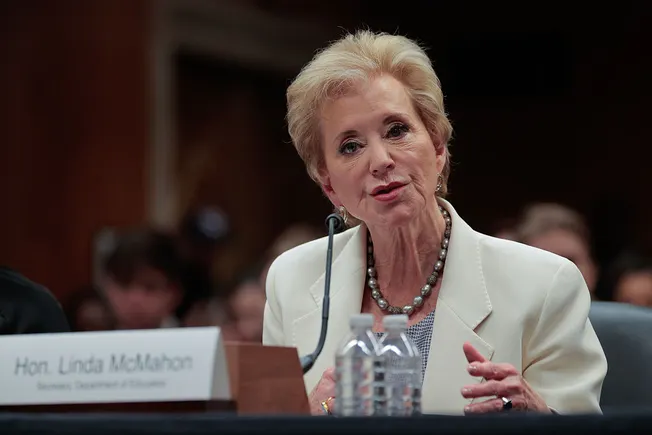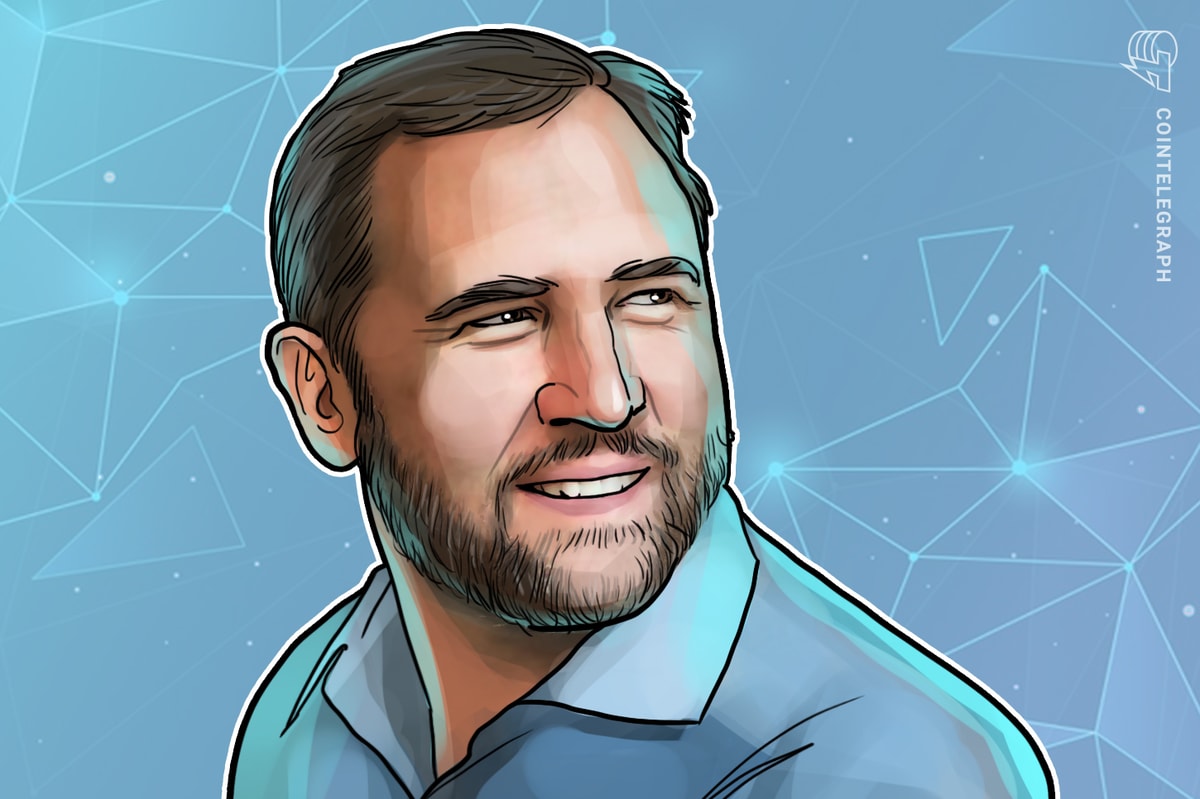In HigherEdJobs’ most recent Careers and Coffee conversation, we explored careers in summer programming with Dr. Yolanda Davis, assistant dean at Brown University’s Pre-College Programs.
Hosted by HigherEdJobs’ Kelly Cherwin, director of editorial strategy, the conversation highlighted how large-scale pre-college programming can be a dynamic and mission-driven career path in higher education — and how professionals from various backgrounds can bring their skills to the table.
With more than 6,000 high school students participating in Brown’s Pre-College Programs annually, Davis leads efforts that combine academic rigor, cross-campus collaboration, and holistic student support. This conversation traced her path into the field, the year-round planning behind summer programming, and her advice for prospective instructors and job seekers.
From the High School Classroom to Pre-College Leadership
Before joining Brown, Davis worked extensively in education policy and taught sixth grade while earning her graduate degrees. That high school experience continues to inform her work today.
“I get to be within higher ed but still get to work with high school students,” Davis shared.
While her position focuses on curriculum and instruction, Davis described how her team “is responsible for hiring instructors, training instructors, and really just thinking about what that course catalog looks like for the year.”
She emphasized that the pre-college experience is not just about academics, but exploration: “[Students] get to really explore what is it like being a college- level student while I’m still in high school. Is this for me? Is it not?”
Planning the Summer is a Year-Long Effort
Many people don’t realize just how much time, coordination, and behind-the-scenes work go into planning a successful summer program.
“We definitely work the whole year,” Davis explained. “This doesn’t just happen with a push of a button.”
After the summer ends in August, her team reviews course and instructor evaluations. “[We use] all this data to make decisions about our next steps,” she said. Instructor proposals open in September, and scheduling happens in the fall.
“Trying to organize that schedule is its own task,” she noted, describing the challenges of coordinating around the varied schedules of instructors and limited classroom space. By January, courses go live, and from there, the focus turns to professional development, enrollment, and ongoing coordination.
What Brown Looks for in Instructors
“The majority of our instructors are graduate students at Brown University,” Davis noted. “Some are Brown faculty, but we also have a host of instructors who come from all over the U.S.”
Davis stressed that instructors need not be perfect, but they must be committed: “We’ll support you with the pedagogy. What we need are subject matter experts with the passion to teach and serve.”
Instructors can come from other institutions or even outside of academia. “It can be someone who’s in corporate. It just kind of depends on the position.”
And while proposals are competitive, Davis advised interested candidates to apply and stay connected. “We still tell them if you want to stick around, we’ll let you know if something is open.”
Finding Your Path in Pre-College Programming
Davis spoke directly to professionals who may be considering a role in pre-college or adjacent areas of higher education — even if they don’t come from traditional academic backgrounds.
“You don’t have to be in Pre-College Programs in order to do this work,” she said. “You do not have to have a background in the area.”
She emphasized that many roles in her division — including in areas like marketing, diversity and inclusion, and operations — are filled by people who brought transferable skills from other sectors.
“As you’re looking for roles, think about what can I offer to this particular university or this job here? Don’t count yourself out.”
Networking, she added, can be a key part of the process. “When you go on LinkedIn or go on these different sites that you can meet new people on, or attend conferences or whatever it may be, reach out to people. If you see someone in a role that you’re interested in, see what their background was, what was their trajectory.”
Day-One Advice: Ask Questions, Be Yourself
For those new to higher education — or just starting a new role — Davis and Cherwin discussed the importance of authenticity and curiosity in the workplace.
“I feel like in this role, I can be my authentic self. I can show up as I am,” Davis shared.
She also encouraged early-career professionals to take an active approach to learning on the job. “I don’t know everything. So, being able to say, ‘Can you help me with this?’ and being okay with that is key.”
Davis added that a strong culture of support can make a meaningful difference in how professionals grow and advance. “There’s been multiple people who have had promotions to new positions because of us learning about their skills more and them giving back to the division in different ways.”
Additionally, she highlighted the value of assessing institutional fit before accepting a role. “Before I took this role, I met with a few people before I said, ‘Yes, I’m officially going to start working here.’” For Davis, those early conversations helped confirm that Brown’s culture aligned with her values—an important step she encourages job seekers to take when exploring new opportunities in higher education.
The Power of Community
One of the biggest surprises in her role? “The meet and greets with the instructors.” She said they’ve helped instructors feel supported in real time: “It gives them almost a sense of an office hour but a fun office hour with the program directors and myself.”
These informal moments create deeper support networks and camaraderie. “Them having that moment where they can also build their network and be able to have someone to share with who is in the same thick of it as them [is really helpful for their development as well],” she said.
Final Thoughts
Whether you’re a graduate student, faculty member, or professional exploring a career change, Dr. Yolanda Davis’ journey reflects what’s possible in higher education — especially in programs that bridge the high school and college experience.
“Pre-College Programs really do kind of take over the whole campus during the summer,” she said. “So, if you’re on Brown’s campus during the summer, our students walk around with these red lanyards and it’s like high school kids everywhere. It’s really their campus during the summer.”
To learn more about teaching opportunities at Brown’s Pre-College Programs, visit precollege.brown.edu. And for the full conversation with Dr. Davis, watch the Careers and Coffee recording on HigherEdJobs’ YouTube channel.


























